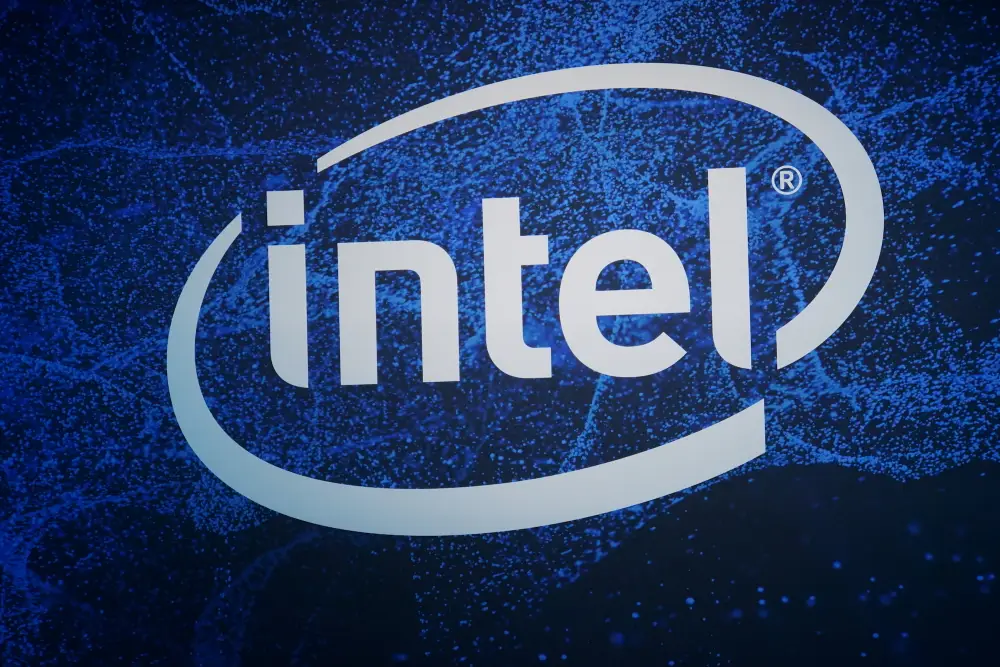Intel says its ‘no wafer left behind’ days are over

Intel executives said the company needed to focus on efficiency.
Intel has said it needs to be thriftier and approach production with a zero-waste model.
Days after CEO Pat Gelsinger’s sudden departure, Intel executives said the company must prioritize efficiency.
“We are very driven toward ‘no wafer left behind,'” Naga Chandrasekaran, the chief global operations officer, said at the UBS Global Technology and AI Conference on Wednesday.
But Intel needs a “no capital left behind” mindset, he added.
Chandrasekaran, who joined Intel this year after two decades at Micron, said Intel’s strategy of producing excess wafers in the hope that there would be demand might have worked when it was closer to a monopoly.
Intel was Silicon Valley’s dominant chipmaker in the 2000s. But it has lost ground to Nvidia, Samsung, and several Taiwanese and American players over the years, missing out on skyrocketing artificial-intelligence demand. Companies such as Microsoft and Google have been designing their own chips, further limiting Intel’s market.
Intel’s share price has dropped almost 50% this year as it has faced multiple challenges, including billions in losses, sweeping layoffs, and buyouts.
Chandrasekaran and Intel’s interim co-CEO David Zinsner, who also participated in Wednesday’s fireside talk, said the company needed to be more mindful of capital spending and operating expenses.
“We’re going line by line through this stuff, and he’s challenging everything, and we’re picking off things,” Zinsner said of Chandrasekaran’s strategy. “You’ve got to absolutely think about every dollar going to capital and scrutinizing it for sure.”
The company said in its most recent annual report that it expected continued high capital expenditures “for the next several years” amid an expansion. Intel spent $25.8 billion on capital expenditures last year, up from $18.7 billion two years ago.
On Wednesday, the execs also said that Intel would stick to its current financial forecast and that they weren’t worried about the impact of the coming Trump administration.
The company is set to get a $7.9 billion CHIPS Act grant, which is mostly awarded in tax credits, as part of a government program to boost the American semiconductor industry. The Commerce Department told The New York Times that Intel was receiving less than the $8.5 billion originally promised because it also received a separate grant of $3 billion to produce chips for the military.
Trump’s tariff threats aren’t publicly ruffling the Intel executives.
“We have good geographic dispersion of our factories. We can move things around based on what we need,” Zinsner said.
Bloomberg and Reuters reported Wednesday that the chipmaker was considering at least two people to replace Gelsinger, who abruptly retired on Sunday after clashing with Intel’s board over turnaround plans. The reported candidates were Lip-Bu Tan, a former Intel board member, and Matt Murphy, the CEO of Marvell Technology.






